

42 Times Architects Really Outdid Themselves And Their Work Got Posted On This Online Community
We all have some innate feeling that we could design a perfect space if given the time and resources. Generally, this is not the case and we should really leave it to the experts. Fortunately, the internet allows us to really see what world-class architects are doing and designing.
The “Amazing Architecture” group is devoted to finding and sharing the best examples of concepts and real, existing builds from around the world. So if you have plans to do some major renovations or need some inspiration, scroll through and be sure to upvote your favorites and comment your own design ideas.
#1 Bedroom Skylight Idea: Room Full Of Stars By Amin Moazzen
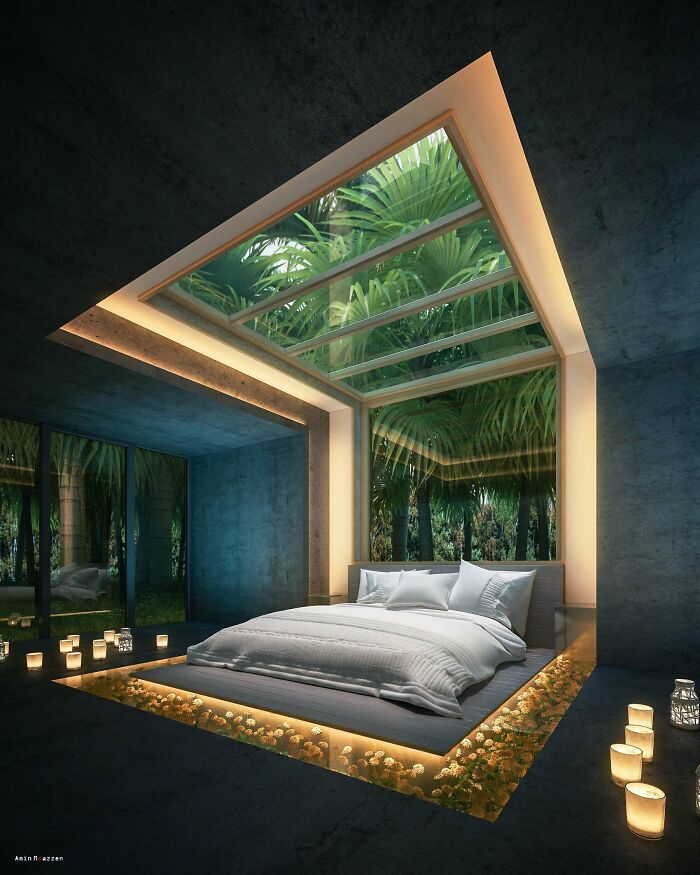 Image credits: Amazing_Architecture
Image credits: Amazing_Architecture
#2 Imagine The “Blurred Zone” – Renaissance And Baroque Facades Experiments With Tensile Structure By Mohammad Qasim Iqbal
 Image credits: Amazing_Architecture
Image credits: Amazing_Architecture
#3 Amazing Organic House In Moscow Designed By Niko Architect
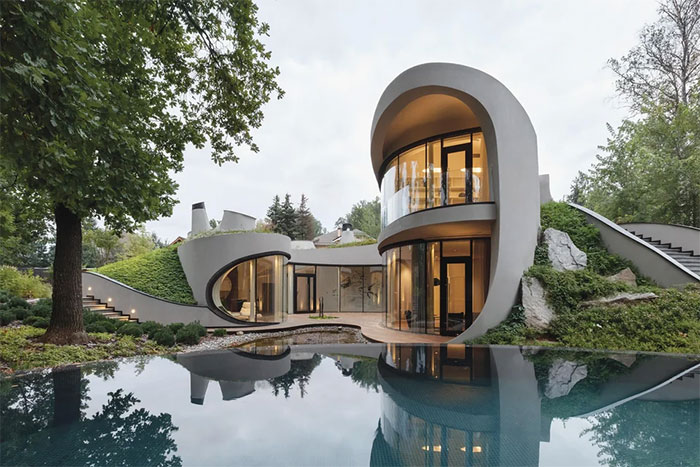 Image credits: Amazing_Architecture
Image credits: Amazing_Architecture
The majority of these images are just concepts, created in some software and edited and beautified to look more like a real image and not just a CAD drawing. This isn’t just for the pleasure of our eyes, although we do appreciate it, it’s to help sell the design. While many architects do simply make things for themselves, the ultimate goal is to get a client to buy the design.
This doesn’t mean we can’t enjoy some wonderful interior and room concepts, since a pleasing design is still a pleasing design. Some might decry the use of computer imagery, but architects have been using computers since the 70s, probably saving hundreds of hours in the process. Of course, this also means that from time to time they end up creating something that will give engineers and builders a headache, but that’s just part of the process.
#4 Architecture Of Blood By Kevin Abanto
 Image credits: Amazing_Architecture
Image credits: Amazing_Architecture
#5 Casa Katana In Crete, Greece By Konstantinos Stathopoulos / Krak. Architects
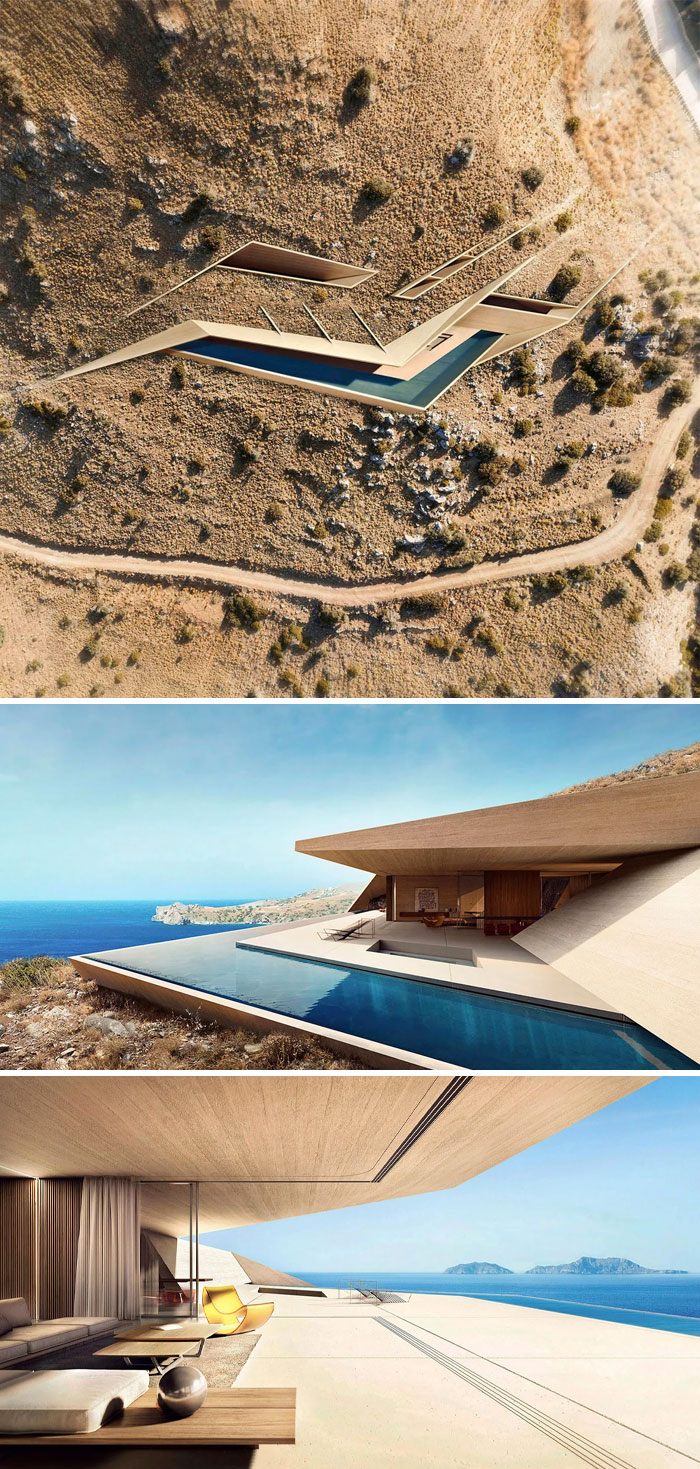 Image credits: Amazing_Architecture
Image credits: Amazing_Architecture
#6 Ludwig Godefroy’s Casa To In Punta Zicatela, Oaxaca, Mexico Photographed By Levi Wells
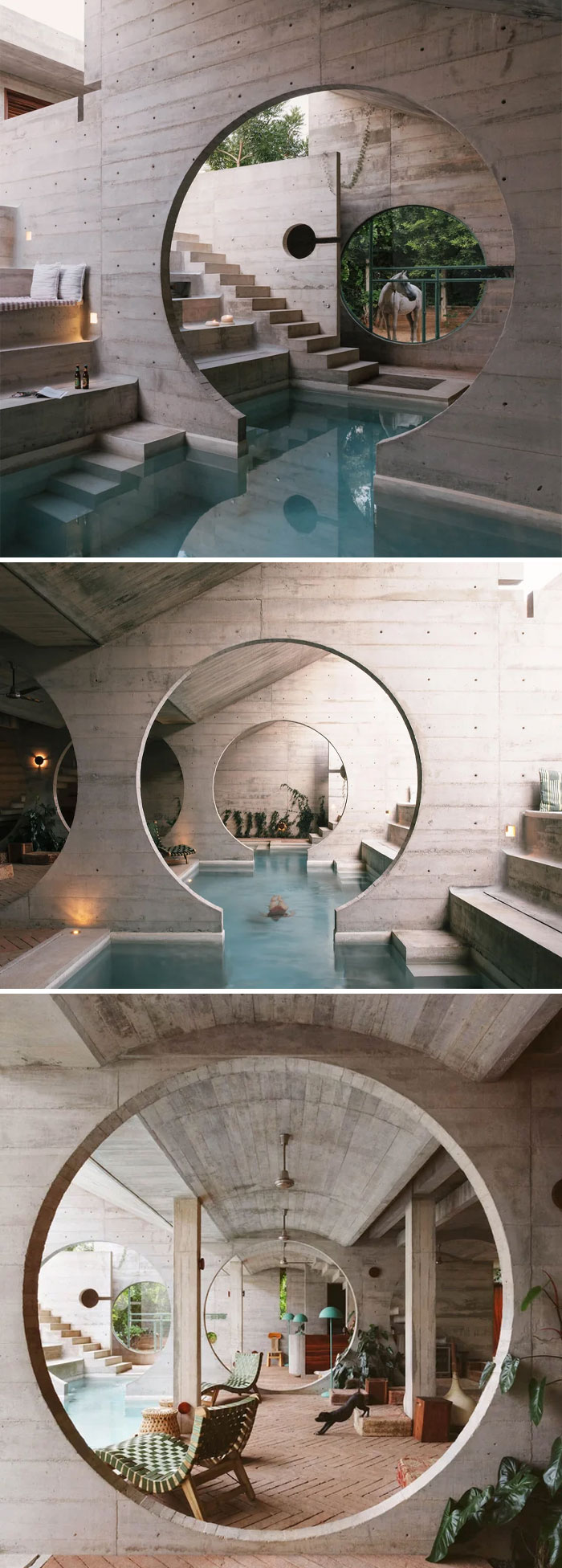 Image credits: Amazing_Architecture
Image credits: Amazing_Architecture
While these are just static images, the future of viewing designs might even allow us to walk through them and evaluate them. With technology like VR, you could probably “demo” a few designs for a room or business before settling on one. Technology is in the works to integrate a variety of tests, from heating, cooling, and even wind resistance. This is important, as the wrong material in a particularly hot or cold region will create all sorts of problems.
#7 Silence And Contemplation Design And Visualization By Luís Fernando
 Image credits: Amazing_Architecture
Image credits: Amazing_Architecture
#8 Almaty Cafe And Restaurant By M.serhat Sezgin, Zebrano Furniture And Mkg
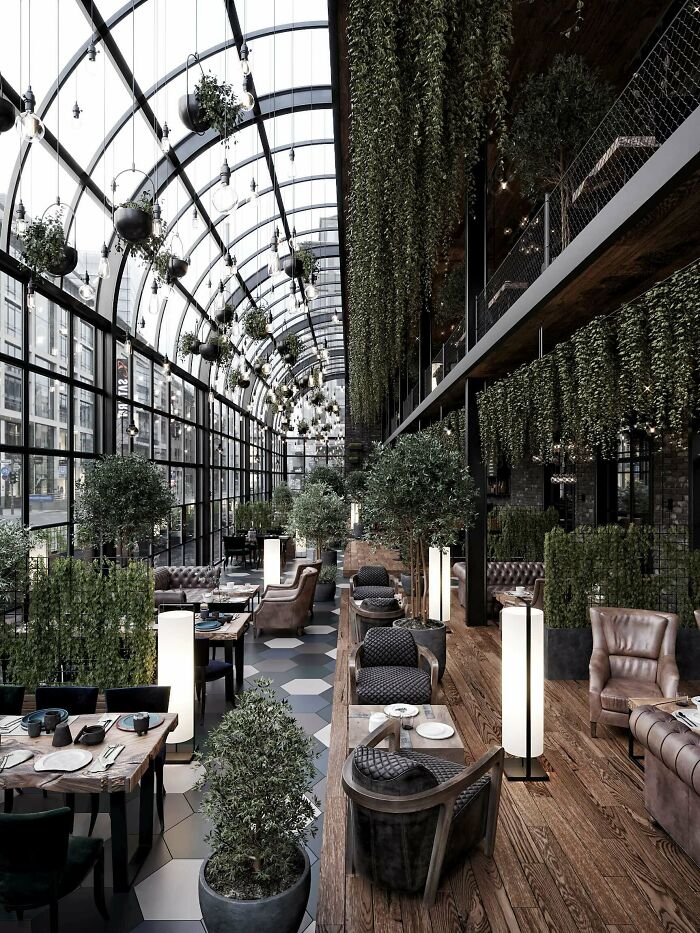 Image credits: Amazing_Architecture
Image credits: Amazing_Architecture
#9 Tiny Home In Deylaman, Iran By Ev Design Office
 Image credits: Amazing_Architecture
Image credits: Amazing_Architecture
More contemporary designs, which most of these would fit into, see a building not as a separate entity, but as a part of a larger city ecosystem. This isn’t completely new, as many older cities even have ordinances making sure that buildings maintain the style of the area if they are in more historical districts. Modern architects also consider how the building will influence the urban landscape, traffic, and ecology of the area.
#10 Myfresh Café In Panchkula, India By Loop Design Studio
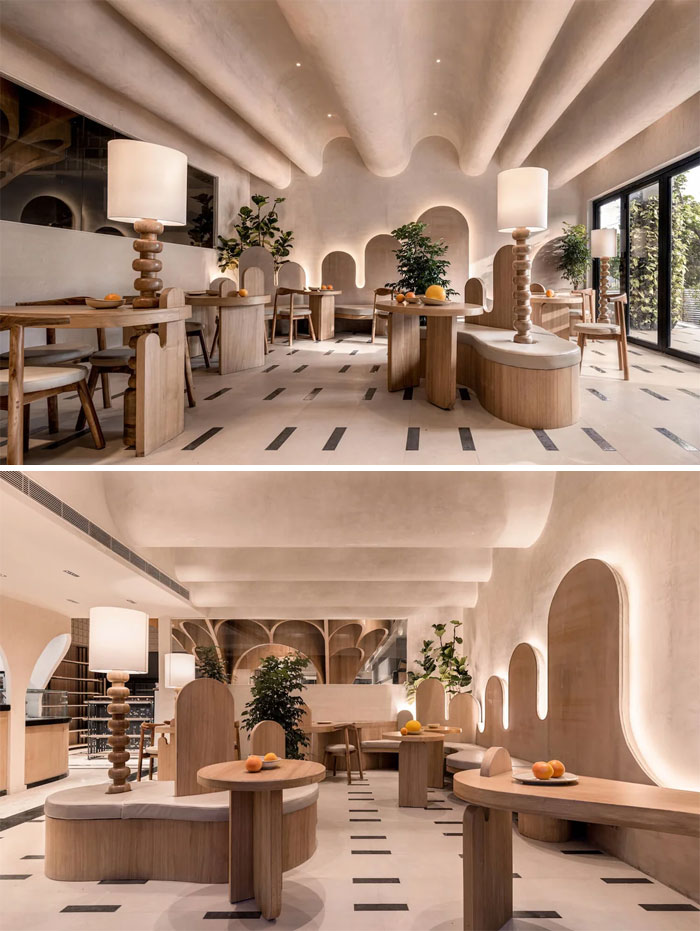 Image credits: Amazing_Architecture
Image credits: Amazing_Architecture
#11 Renovation Of Mill And Conversion Into Housing By Stempel & Tesar Architekti
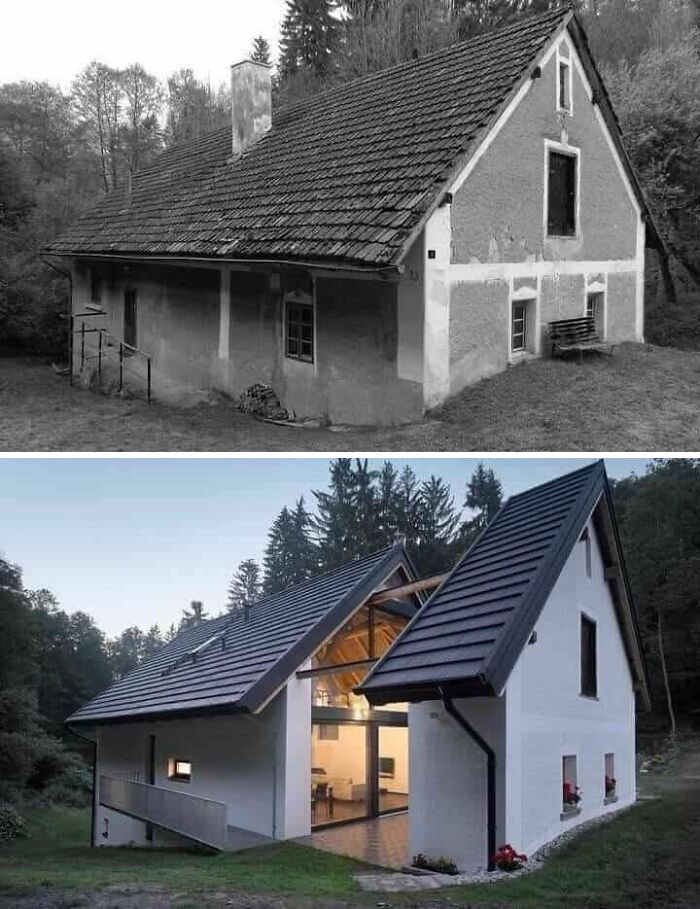 Image credits: Amazing_Architecture
Image credits: Amazing_Architecture
#12 Vertebral Designs Erasto House In Lomas De Chapultepec, Mexico City
 Image credits: Amazing_Architecture
Image credits: Amazing_Architecture
While 20th-century architects focused largely on form, with slogans like “a rationally designed structure may not necessarily be beautiful but no building can be beautiful that does not have a rationally designed structure,” written by American architect Louis Sullivan, it’s clear that many modern people prefer some degree of beauty. “The elimination of ornament” was seen as cutting edge, but now people still obsess over older forms of architecture, from art deco to art nouveau and even classical construction.
#13 Old Mountain House In Ankara, Turkey By M.serhat Sezgin And Zebrano Furniture
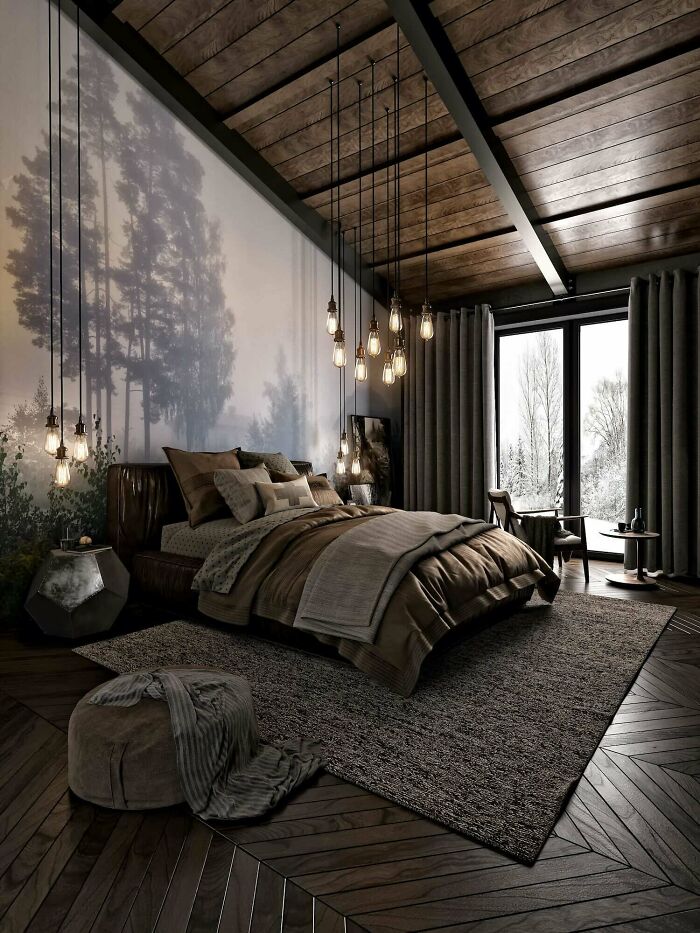 Image credits: Amazing_Architecture
Image credits: Amazing_Architecture
#14 A School In The Deserts Of Jaisalmer, Rajasthan, India
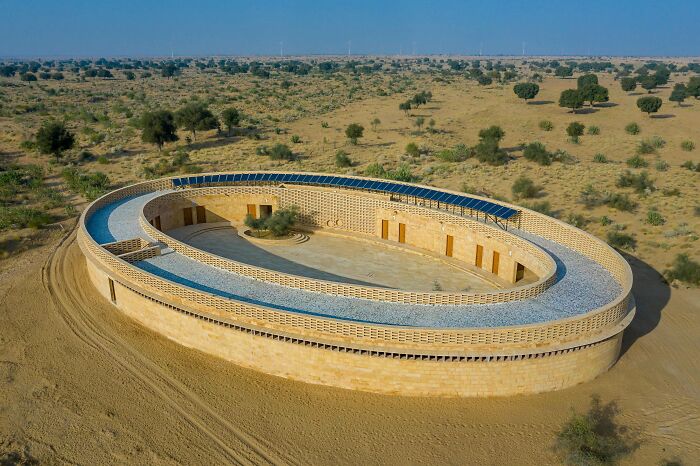 Image credits: SnooHobbies5691
Image credits: SnooHobbies5691
#15 Fallingwater House, Pennsylvania, By Frank Lloyd Wright, 1935.
After its completion, Time called Fallingwater Wright’s “most beautiful job” and it is listed among Smithsonian’s “Life List of 28 Places to See Before You Die”.
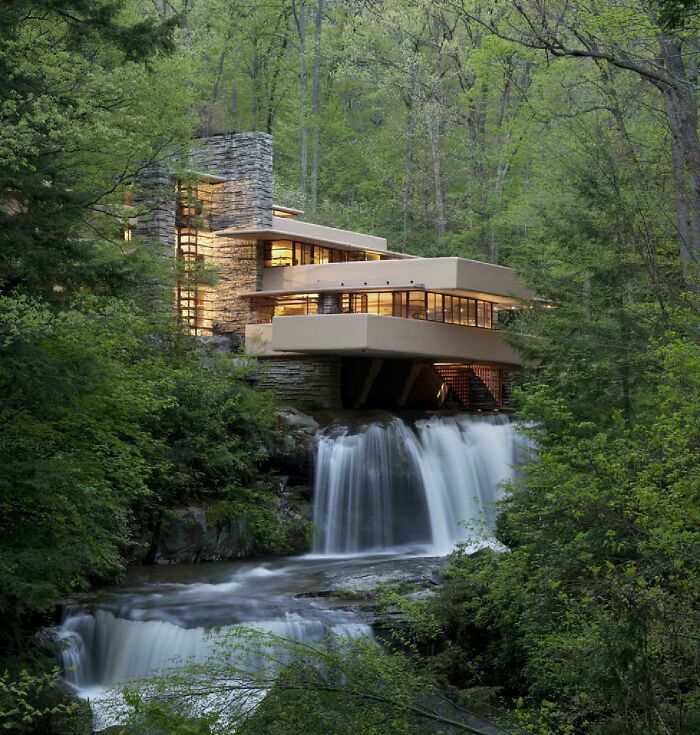 Image credits: TX908
Image credits: TX908
On the one hand, travel has never been more accessible, and internet access more ubiquitous, on the other hand, this has in some circles created a mish-mash of styles that many feel remove the uniqueness of a place’s style. Even in this list, readers can find interior designs from different continents with very visible similarities. However, it’s important to not overestimate how common these designs are, as most buildings still tend to incorporate local designs and materials.
#16 Tagh Pelleh Office Building In Tehran, Iran By Hossein Kalantari And Amirhossein Rezaei
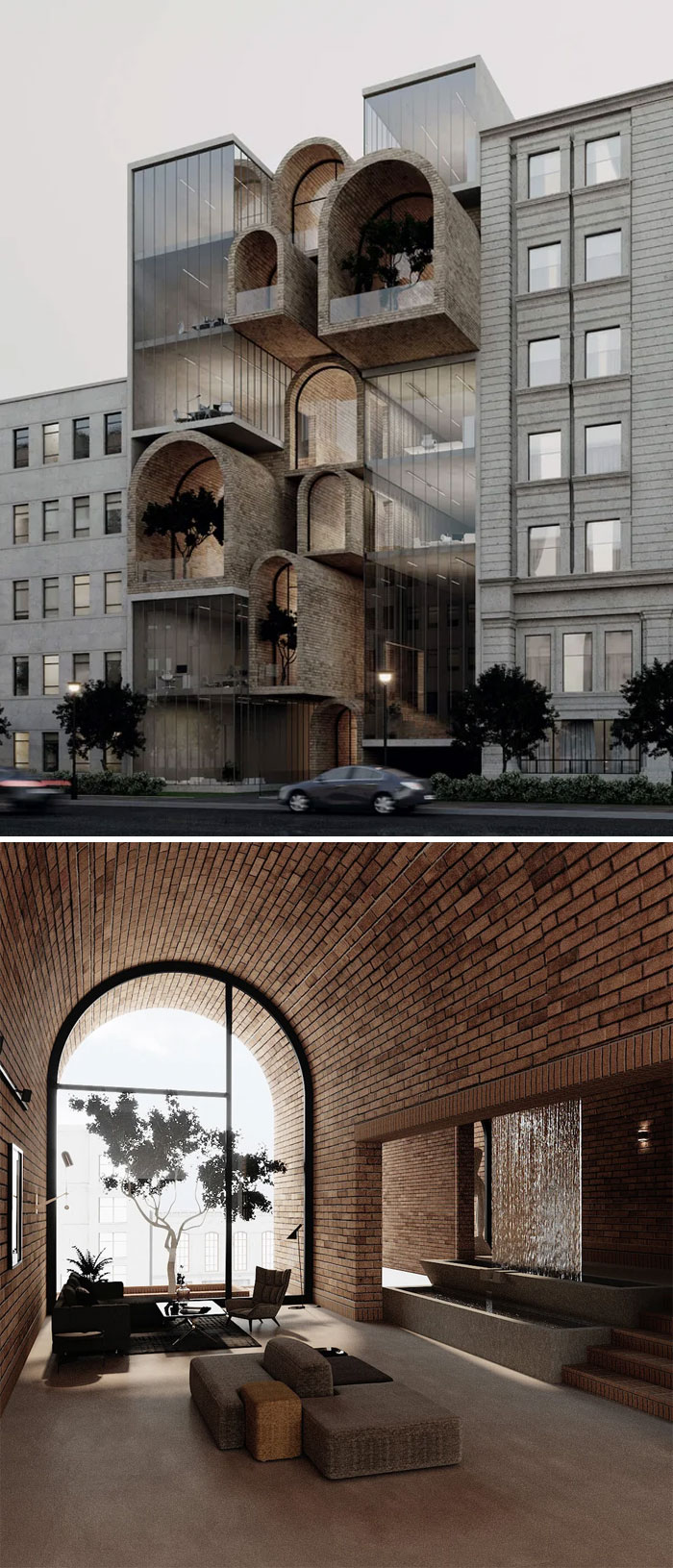 Image credits: Amazing_Architecture
Image credits: Amazing_Architecture
#17 Kengo Kuma’s Water Cherry Villa On The Japanese Coast
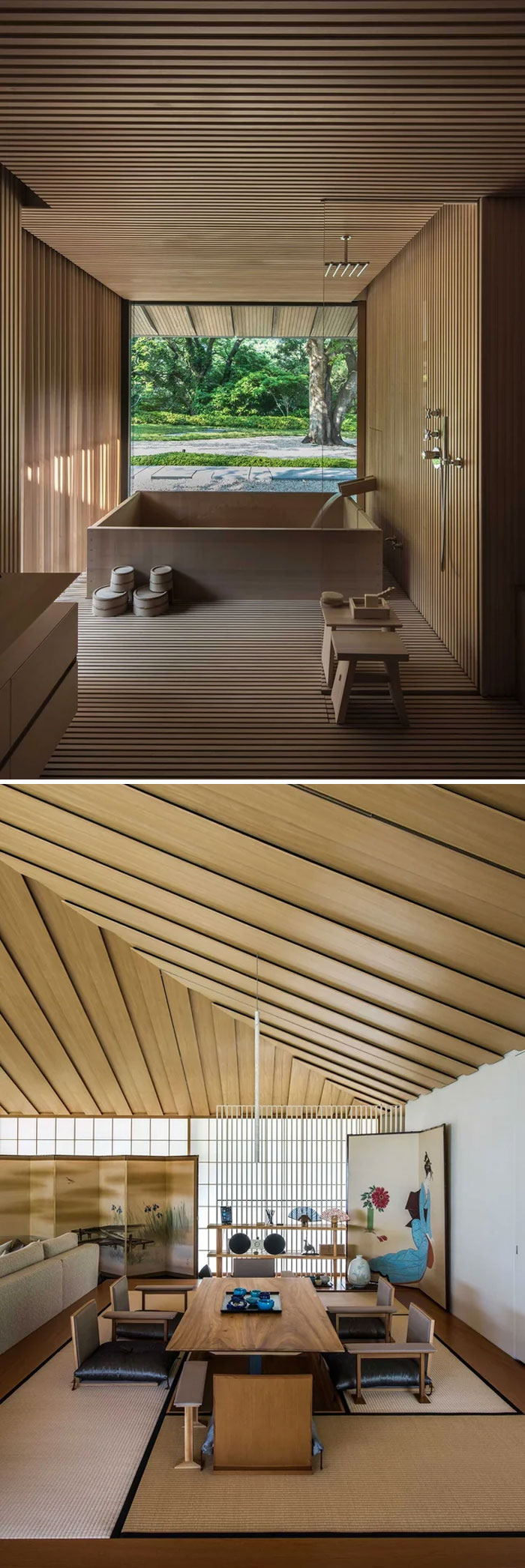 Image credits: Amazing_Architecture
Image credits: Amazing_Architecture
#18 Green Castle Eco-House In Harlem, New York City By Luis De Garrido
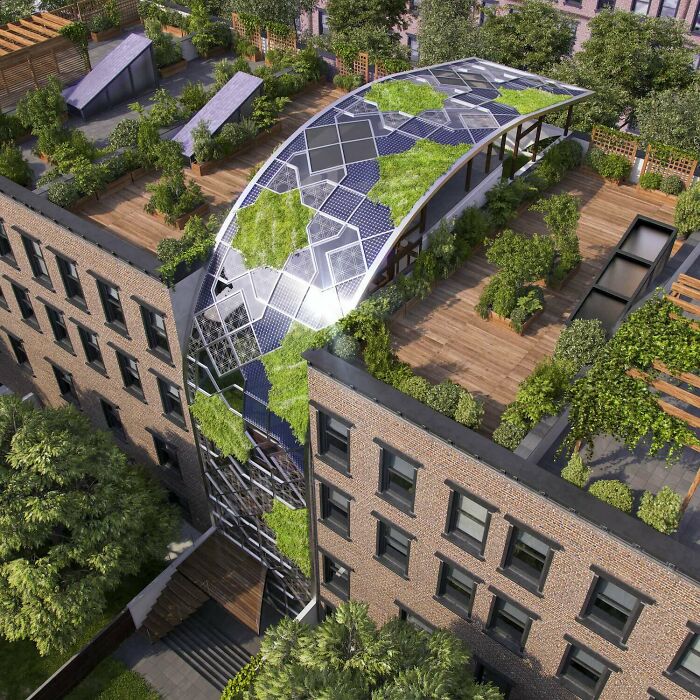 Image credits: Amazing_Architecture
Image credits: Amazing_Architecture
Instead of committing to one specific style, as we see with the internationalists and modernists, many architects experiment, which often leads to them being “placed” in the post-modern school. This is just a fancy way of saying they blend ideas, and styles and are generally less formal than their contemporary counterparts. Famous examples include the Ally Detroit Center in, you guessed it, Detroit and the Petronas Towers in Kuala Lumpur, Malaysia.
#19 Ga On Jai House In Bundang-Gu, South Korea By Iroje Khm Architects
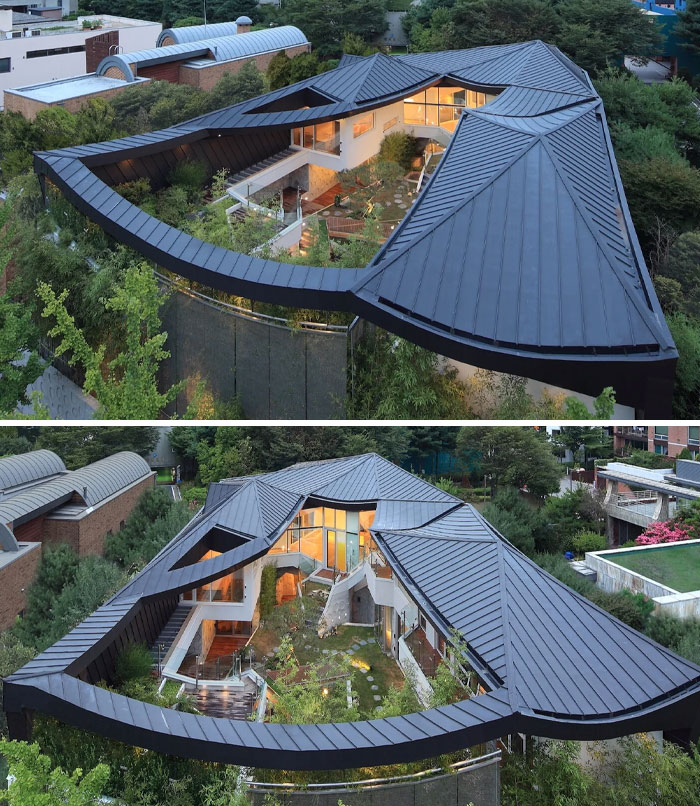 Image credits: Amazing_Architecture
Image credits: Amazing_Architecture
#20 Amazing Bathroom With Skylight Designed And Visualized By Maximiliano Carbonell
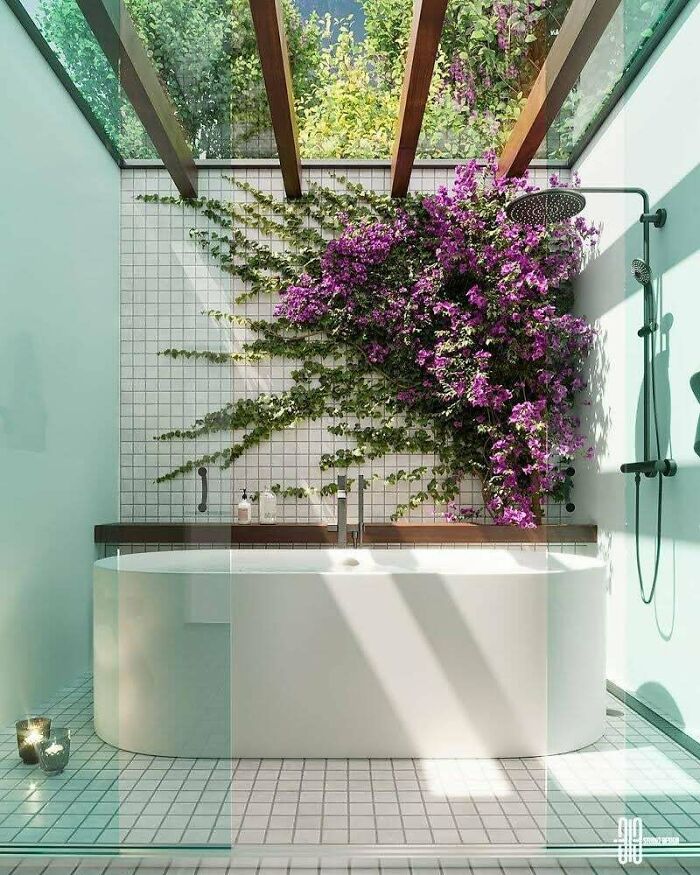 Image credits: Amazing_Architecture
Image credits: Amazing_Architecture
#21 Calm Street Cafe In Doha, Qatar By M.serhat Sezgin And Zebrano Furniture
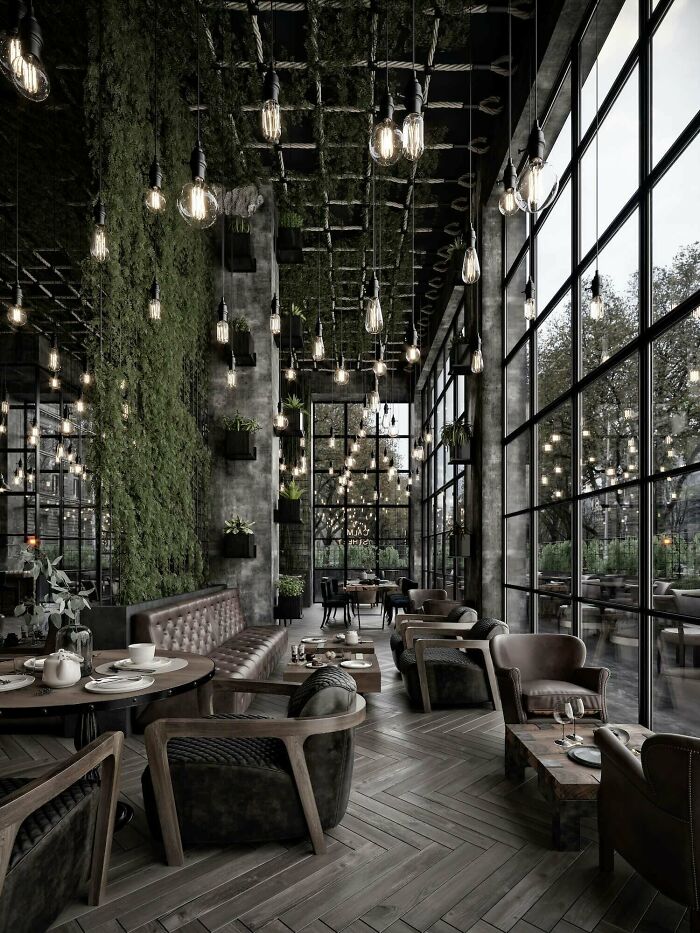 Image credits: Amazing_Architecture
Image credits: Amazing_Architecture
#22 Black House In Santa Clara, New York Designed By Milad Eshtiyaghi Studio
 Image credits: Amazing_Architecture
Image credits: Amazing_Architecture
#23 Redemption Hall Design And Visualization By Amin Moazzen
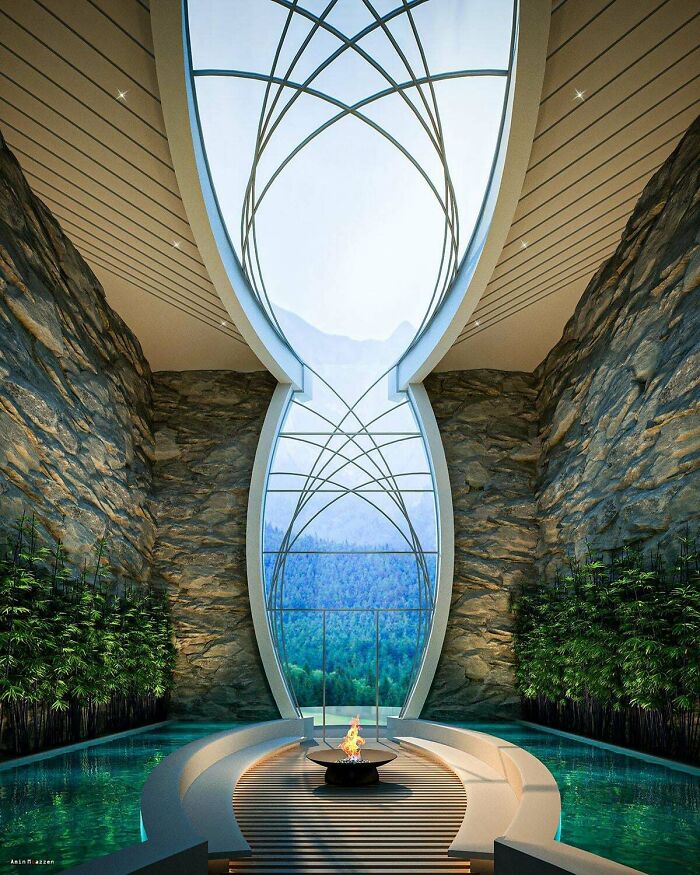 Image credits: Amazing_Architecture
Image credits: Amazing_Architecture
#24 Luxury Wellness Hotel Acro Suites Fuses A Sense Of Place, Design And Serenity
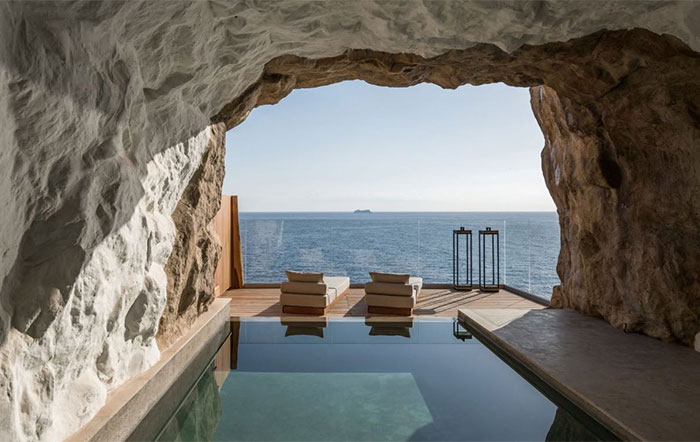 Image credits: Amazing_Architecture
Image credits: Amazing_Architecture
#25 Pink Pavilion, Los Angeles, California By Davit & Mary Jilavyan / Lemeal Studio
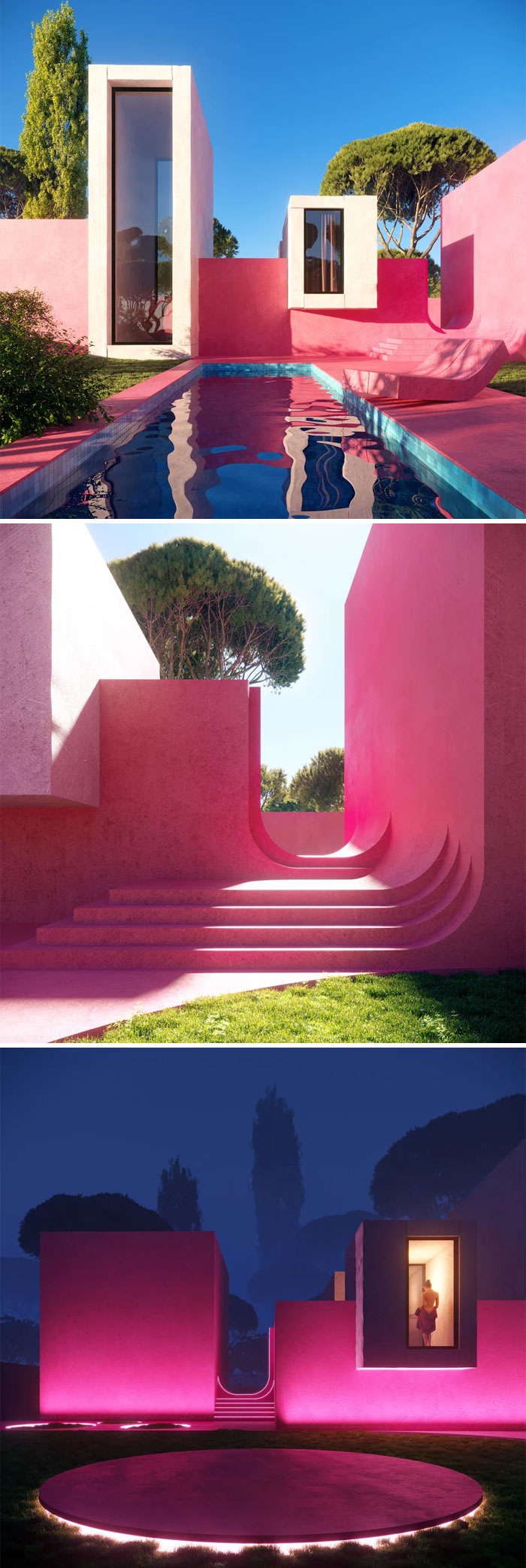 Image credits: Amazing_Architecture
Image credits: Amazing_Architecture
#26 A Japanese Manga Artist’s House In Tokyo, Japan By Tan Yamanouchi & Awgl
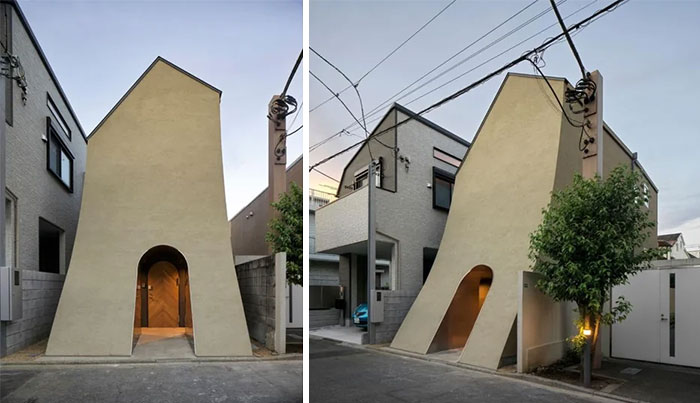 Image credits: Amazing_Architecture
Image credits: Amazing_Architecture
#27 Ternary Tower In Shanghai, China By Hayri Atak Architectural Design Studio (Haads)
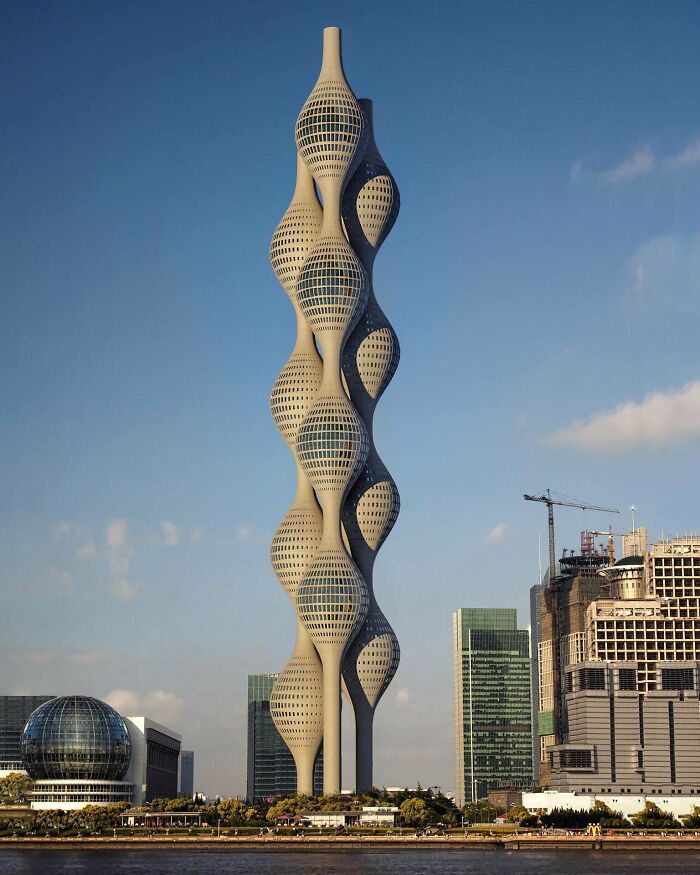 Image credits: Amazing_Architecture
Image credits: Amazing_Architecture
#28 Modern Loft In The Woods, Australia By Sarah Habib Designs
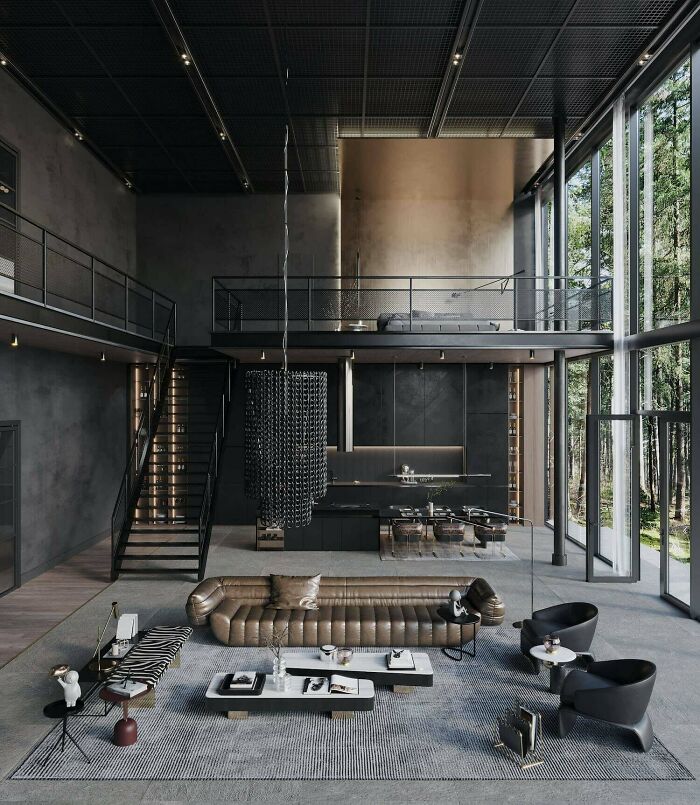 Image credits: Amazing_Architecture
Image credits: Amazing_Architecture
#29 Villa 87, Hyderabad, India Designed By Karan Desai
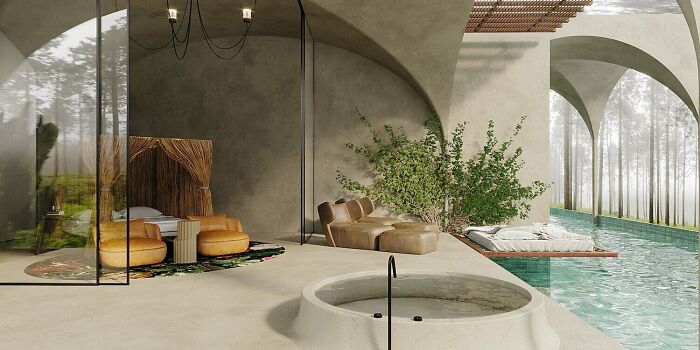 Image credits: Amazing_Architecture
Image credits: Amazing_Architecture
#30 Thousand Oaks Residence In Berkeley, California By Sogno Design Group. Photography: Michele Lee Willson
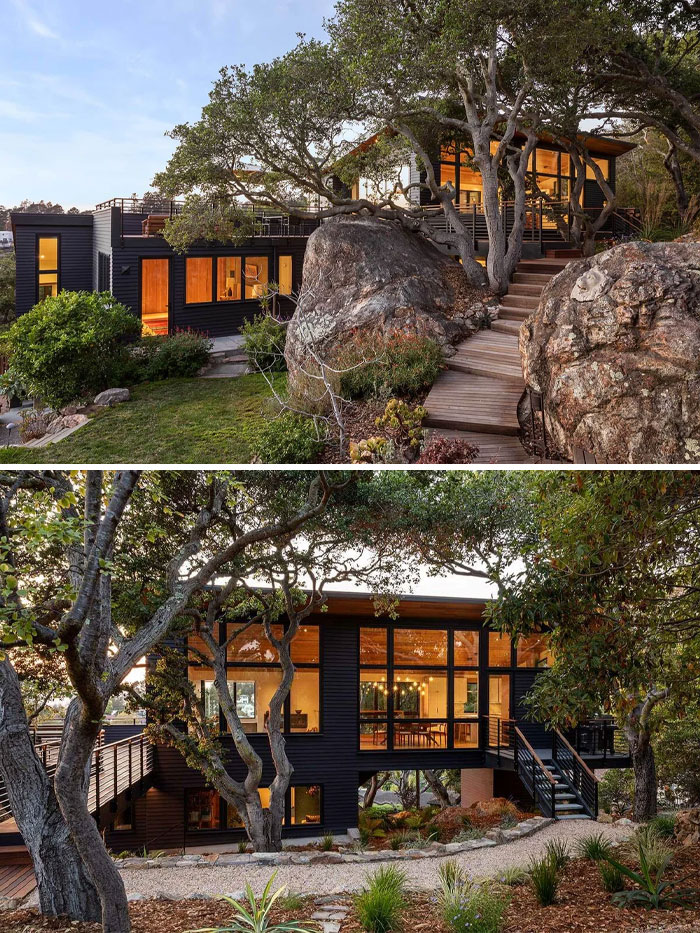 Image credits: Amazing_Architecture
Image credits: Amazing_Architecture
#31 Farmhouse In Bowral, Australia By Omar Hakim
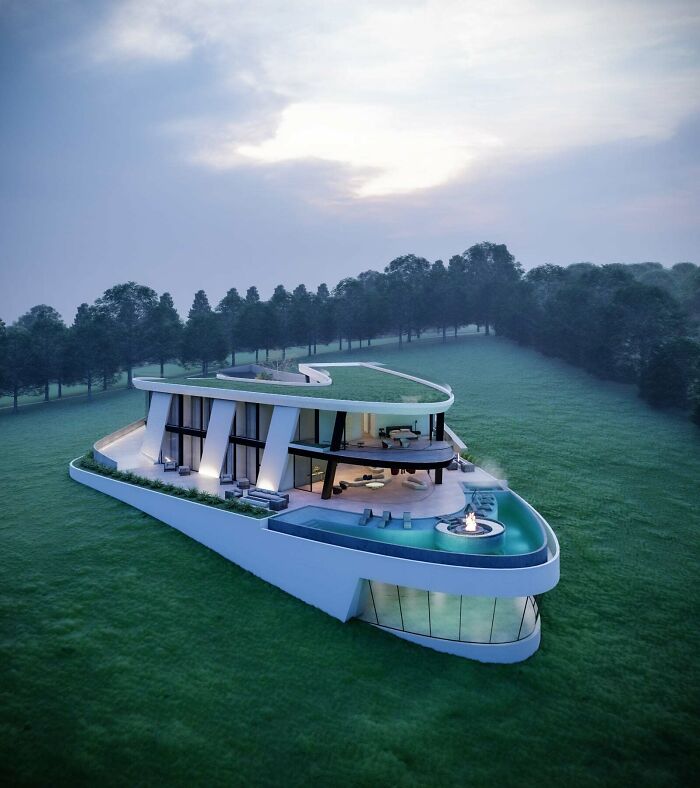 Image credits: Amazing_Architecture
Image credits: Amazing_Architecture
#32 Ring By Hansinok Archviz
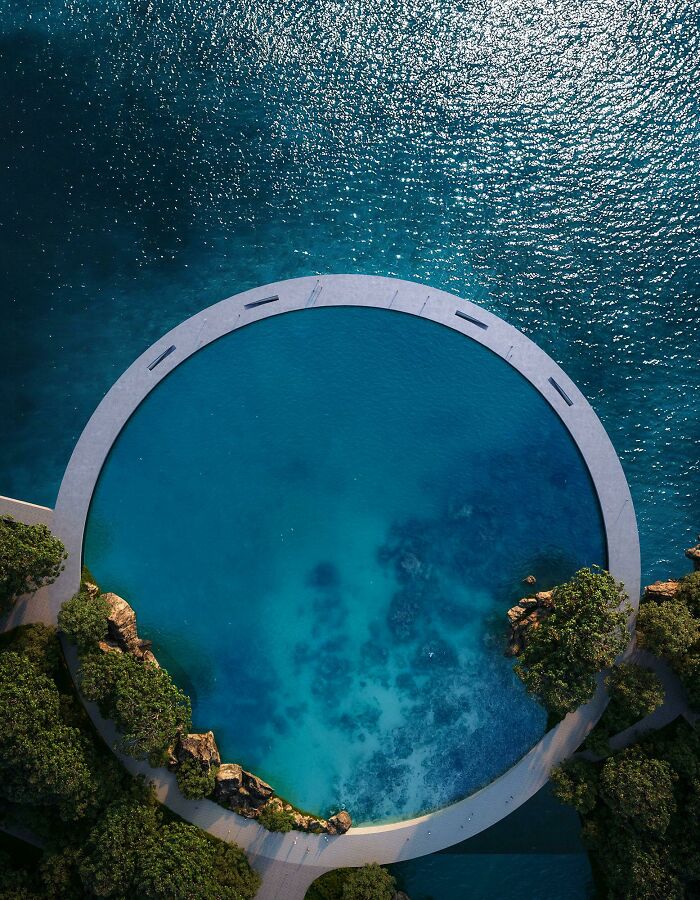 Image credits: Amazing_Architecture
Image credits: Amazing_Architecture
#33 Floral Interiors By Hassan Ragab
 Image credits: Amazing_Architecture
Image credits: Amazing_Architecture
#34 Huolpoch House In Mérida, Mexico By Workshop Diseño Y Construcción
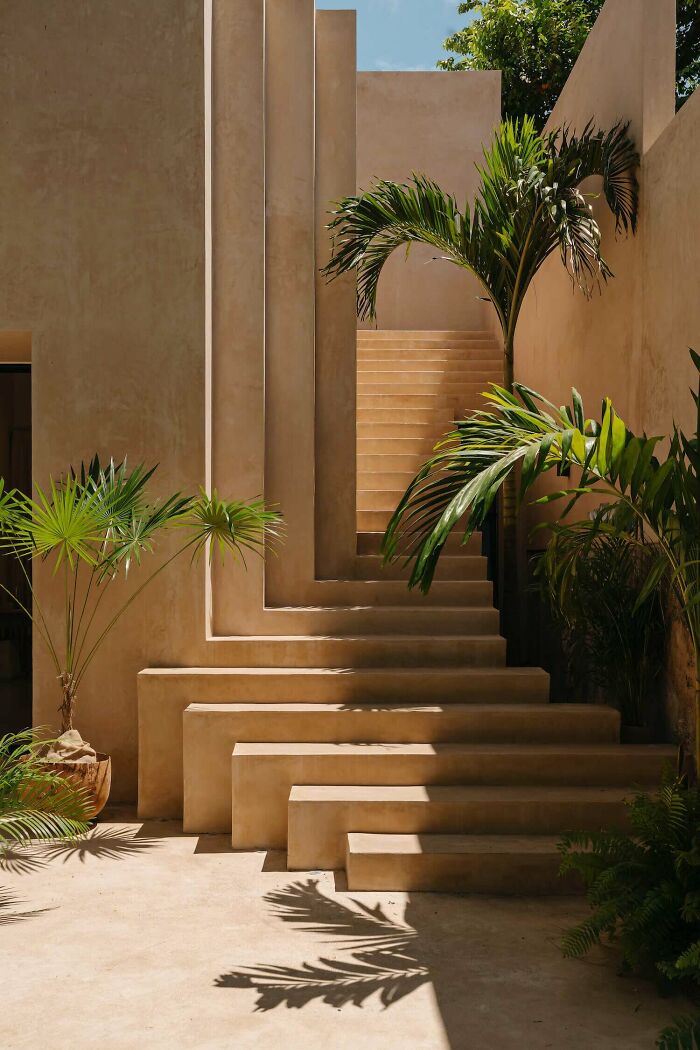 Image credits: Amazing_Architecture
Image credits: Amazing_Architecture
#35 Brick Bedroom In Gilan Province, Iran By Mohammad Hossein Rabbani Zade & Mohammad Mahmoodiye
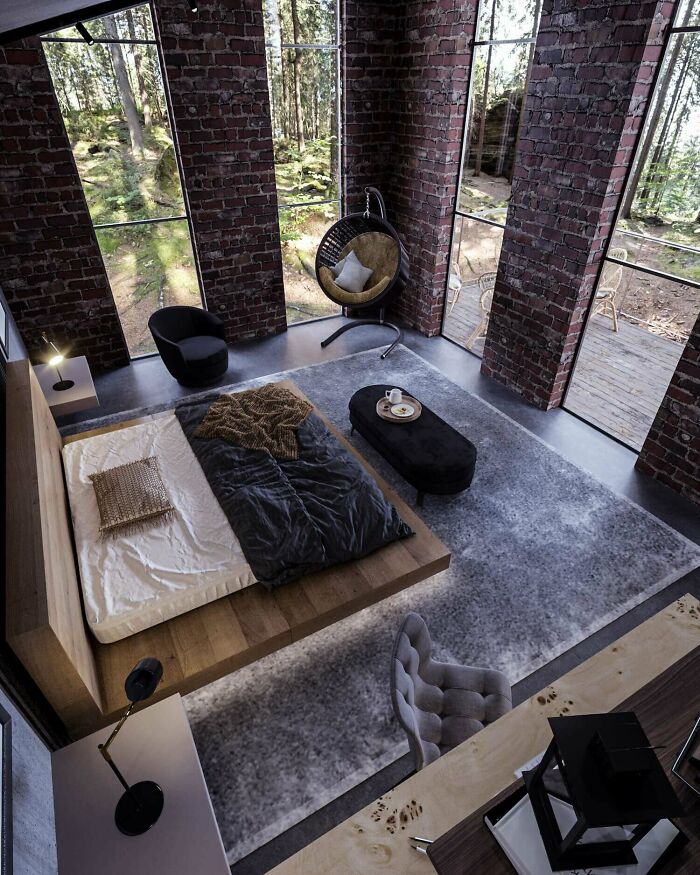 Image credits: Amazing_Architecture
Image credits: Amazing_Architecture
#36 Living Room & Kitchen Design By Ney’ Smart / Ney Architects
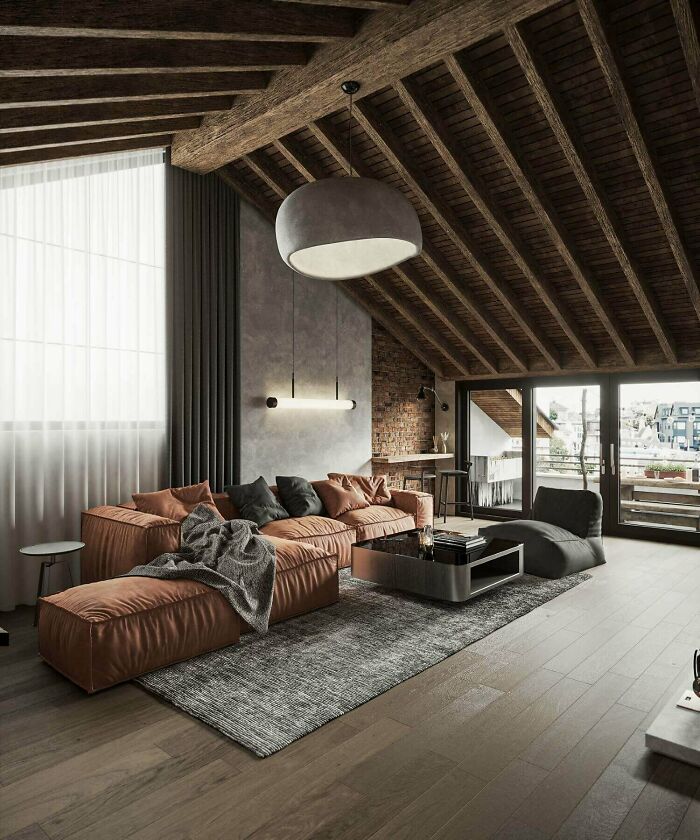 Image credits: Amazing_Architecture
Image credits: Amazing_Architecture
#37 Mediterranean Terrace Visualization By Arquitectos Fayjos
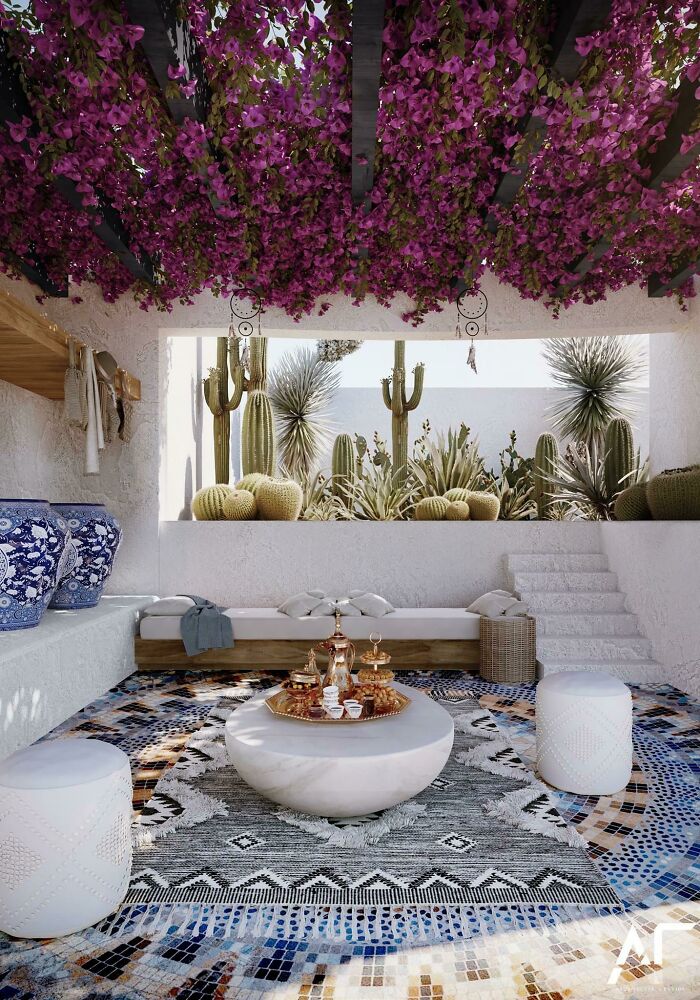 Image credits: Amazing_Architecture
Image credits: Amazing_Architecture
#38 Casa Lorena, A Small Oasis In The Center Of Merida, Mexico By Workshop Diseño Y Construcción
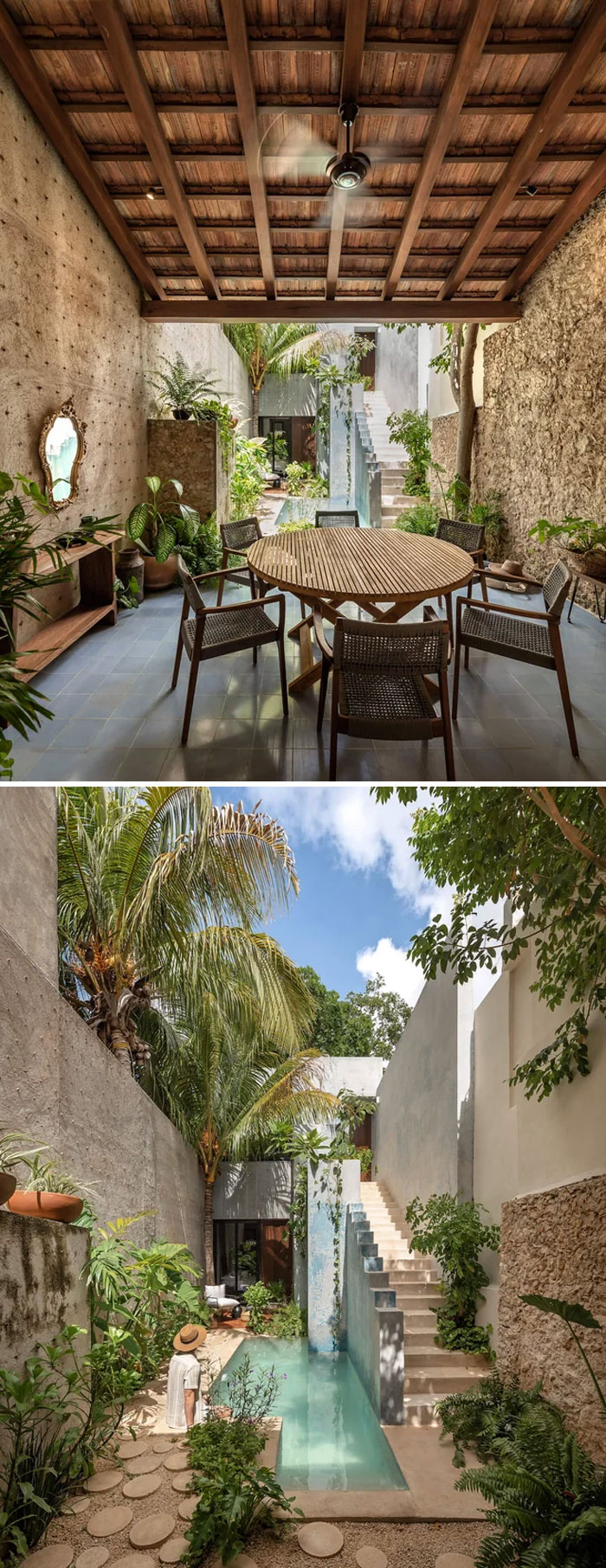 Image credits: Amazing_Architecture
Image credits: Amazing_Architecture
#39 Green Bath, Design And Visualization By Amin Ranjbar
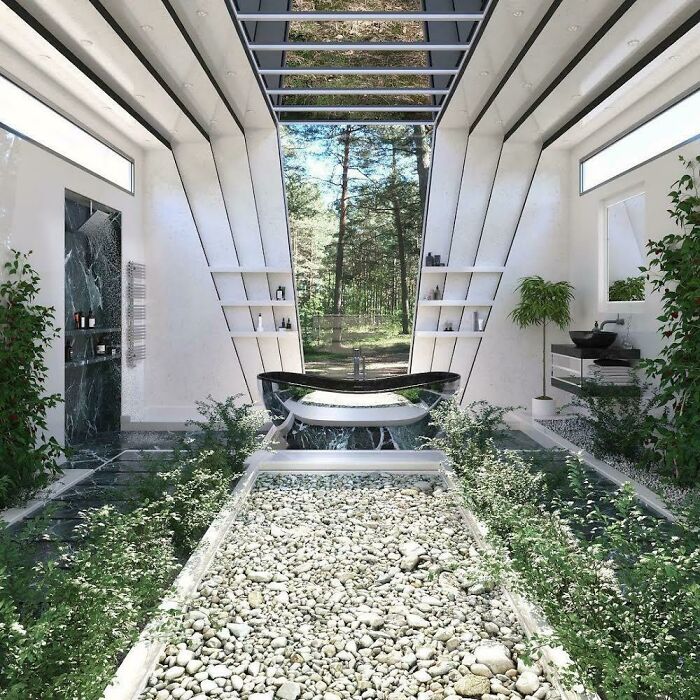 Image credits: Amazing_Architecture
Image credits: Amazing_Architecture
#40 Habif Architects Designs E Pool House In Bahçeköy, Sariyer, Istanbul, Turkey
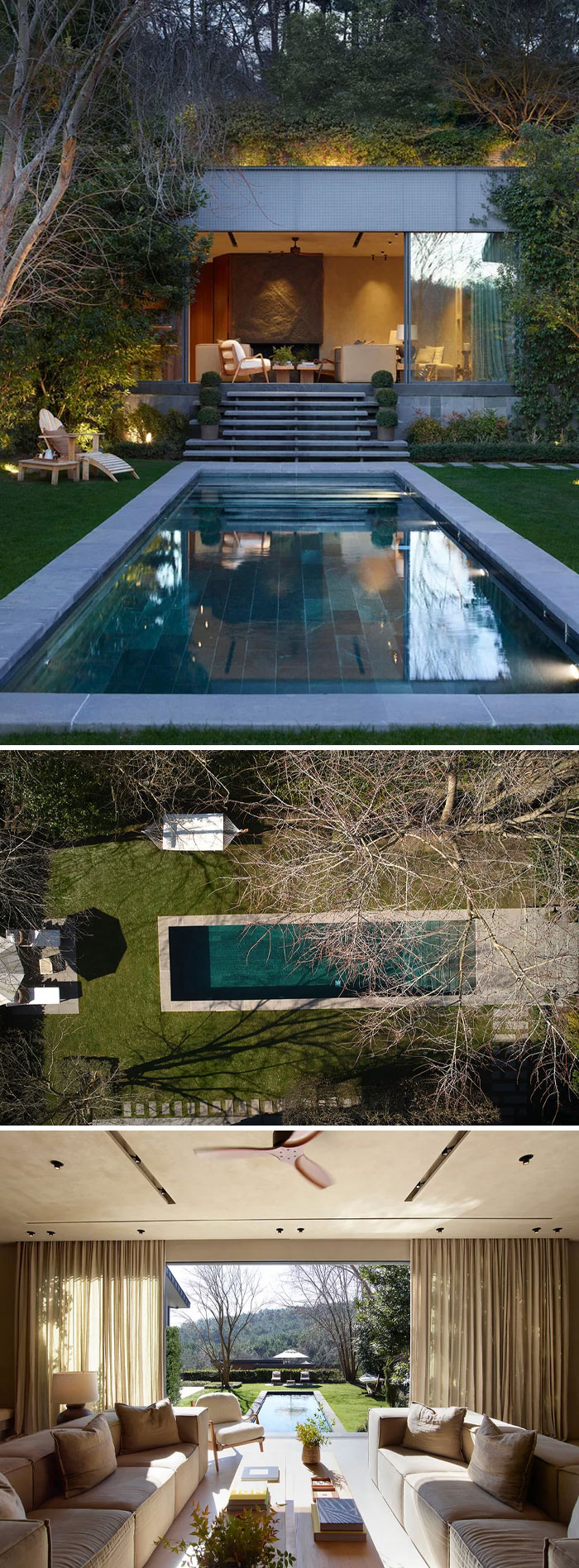 Image credits: Amazing_Architecture
Image credits: Amazing_Architecture
#41 Silence Of The Stars, Bathroom Idea By Amin Moazzen
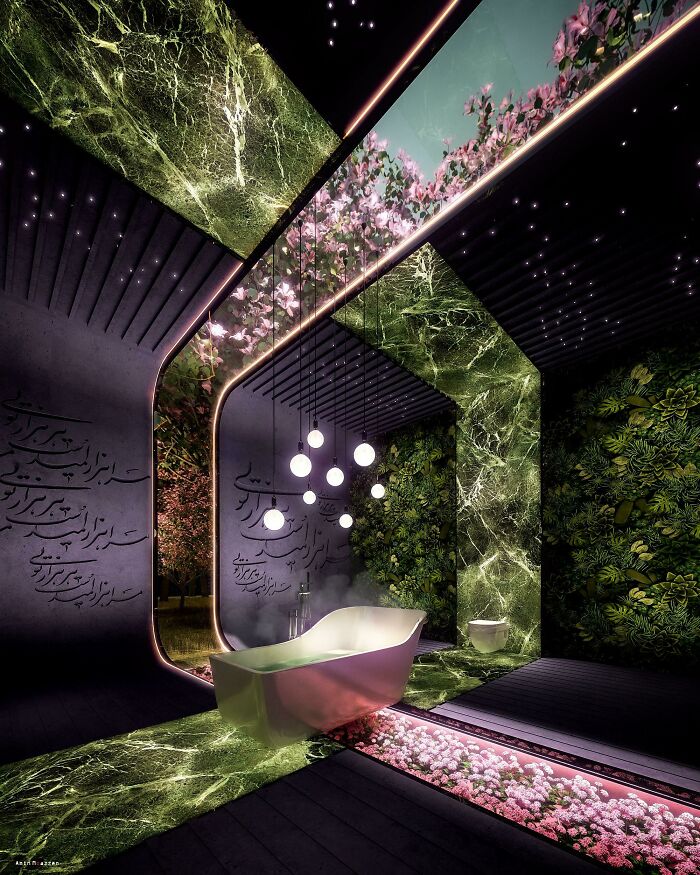 Image credits: Amazing_Architecture
Image credits: Amazing_Architecture
#42 Doug Fir, A Log Cabin-Inspired Bar, Restaurant, And Music Venue In Portland, Oregon By Skylab Architecture
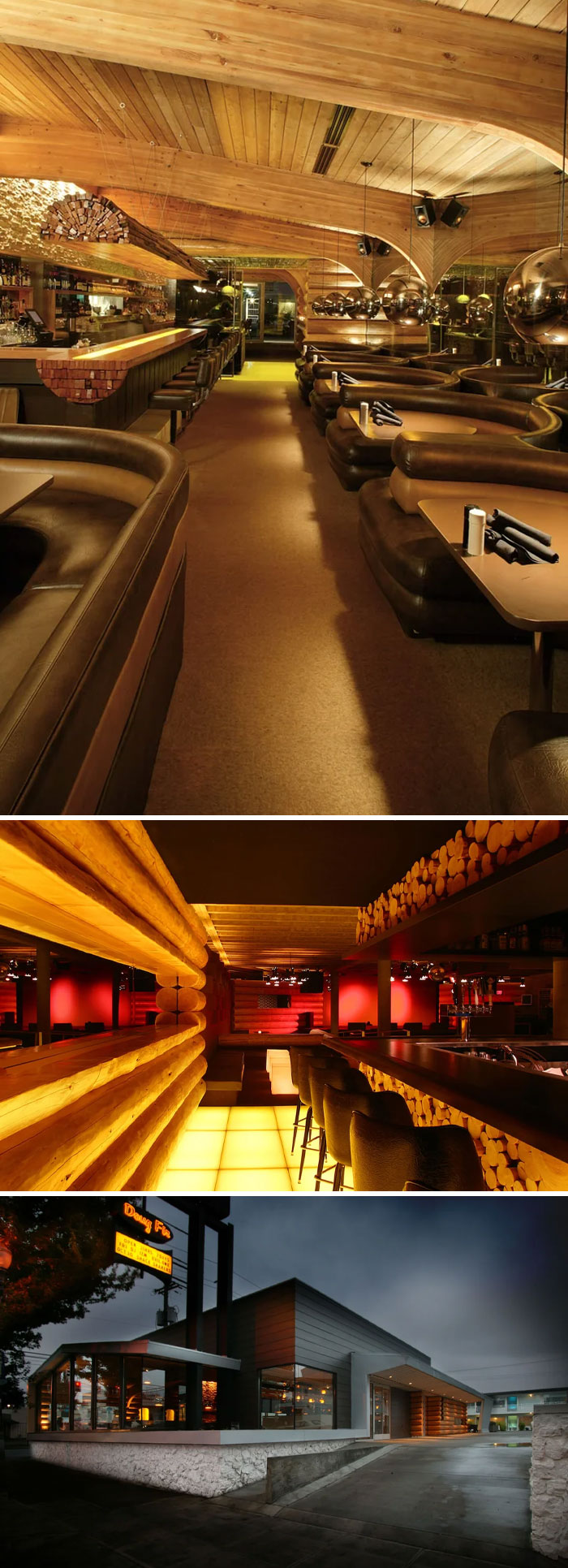 Image credits: Amazing_Architecture
Image credits: Amazing_Architecture
Recommended Videos
 Most Colorful Birds on the Planet (And Where to Find Them)5594 views
Most Colorful Birds on the Planet (And Where to Find Them)5594 views 25 Most Beautiful Beaches in the World668 views
25 Most Beautiful Beaches in the World668 views-
Advertisements
 Photographer Finds Polar Bears That Took Over Abandoned Buildings3864 views
Photographer Finds Polar Bears That Took Over Abandoned Buildings3864 views Lybrook Fossil Area201 views
Lybrook Fossil Area201 views 50 Animals That You Probably Haven’t Seen Before18413 views
50 Animals That You Probably Haven’t Seen Before18413 views From Epic Poem to Ocean Depths: How Homer’s Iliad Guided Archaeologists to Sunken Shipwrecks40 views
From Epic Poem to Ocean Depths: How Homer’s Iliad Guided Archaeologists to Sunken Shipwrecks40 views 73 Photos From ‘Cursed Foodposting’ That Might Make You Lose Your Appetite112 views
73 Photos From ‘Cursed Foodposting’ That Might Make You Lose Your Appetite112 views It’s Not What You Think — 24 Seemingly “Dirty” Pics That Are Actually 100% Wholesome2490 views
It’s Not What You Think — 24 Seemingly “Dirty” Pics That Are Actually 100% Wholesome2490 views



